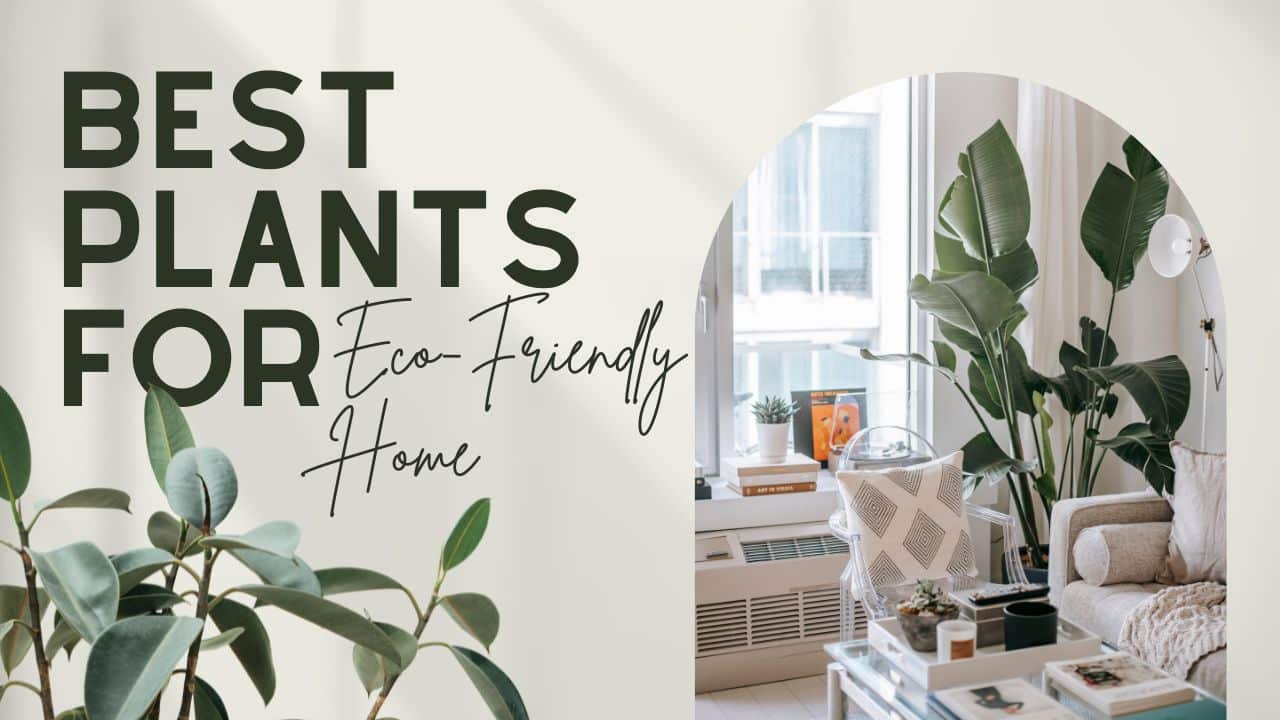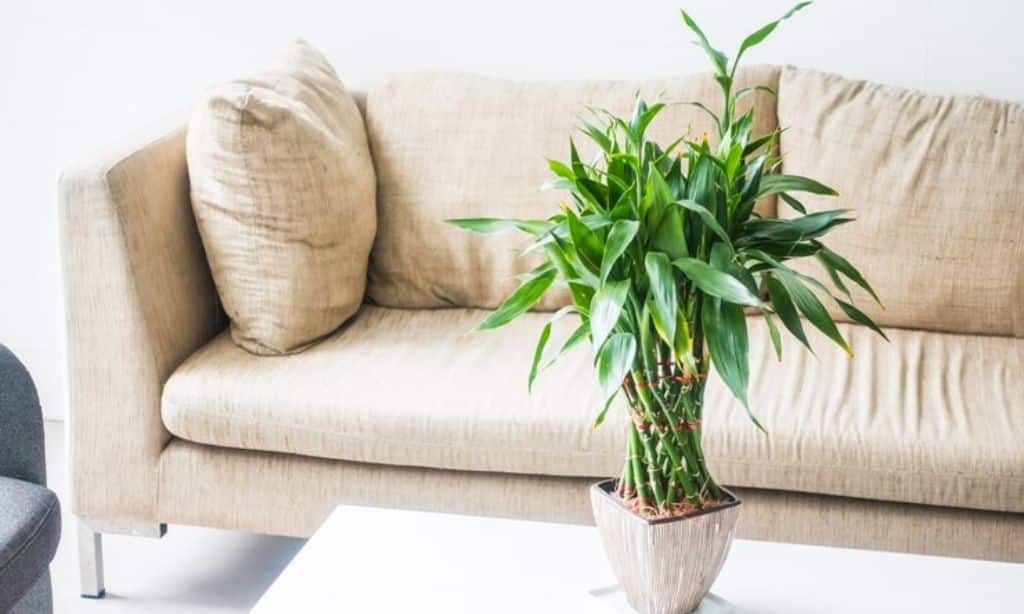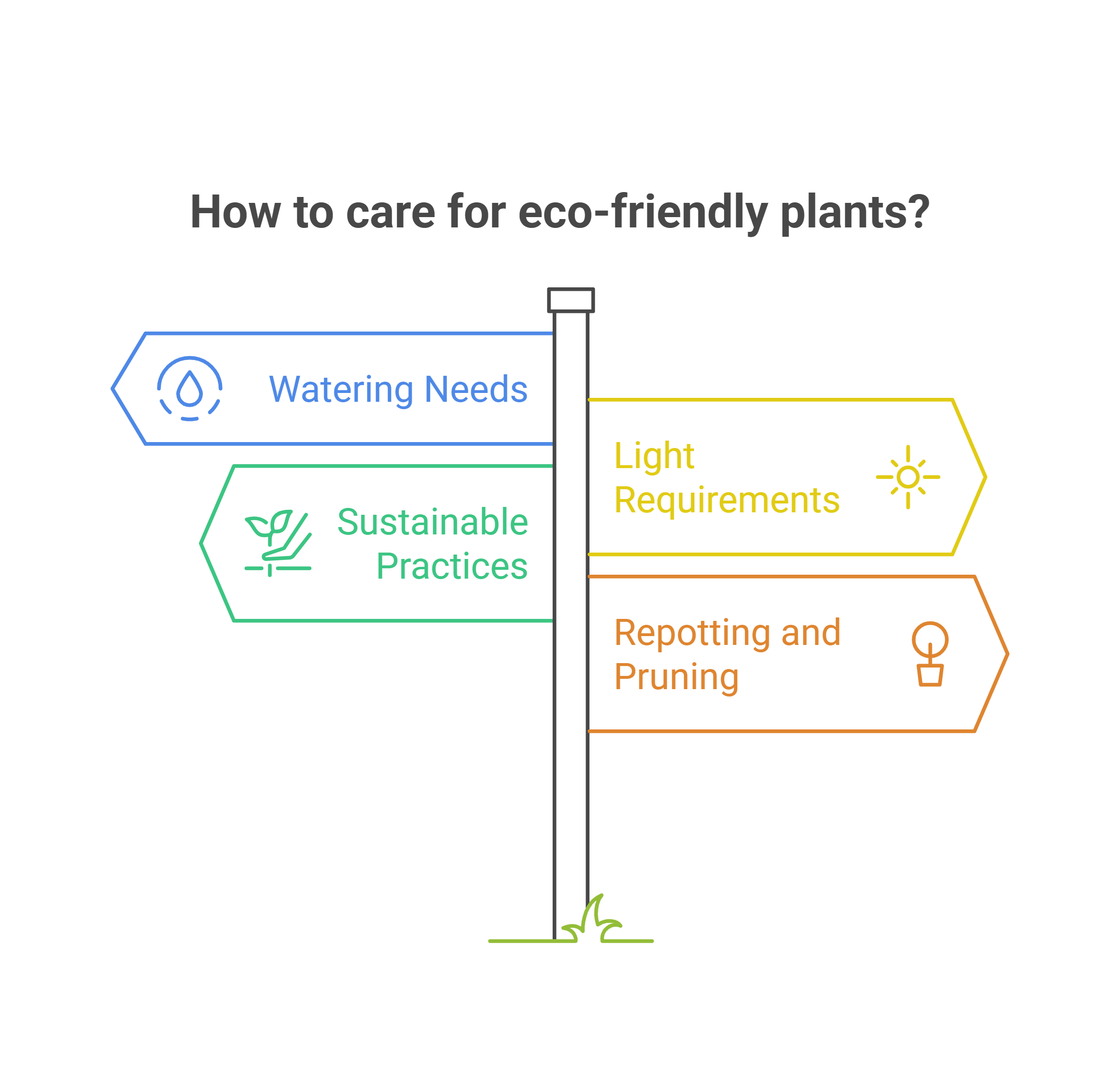Indoor plants are more than just decorative pieces; they are powerful tools for creating a sustainable and eco-friendly living environment.
Plants improve air quality, boost mental health, and reduce stress while adding natural beauty to your home. Incorporating greenery into your space can transform it into a haven of sustainability and wellness.
In this article, we’ll explore the best plants for green and eco-friendly home decor and living, along with tips for caring for them and integrating them creatively into your space.
Why Plants Are Essential for a Green and Eco-Friendly Home
Indoor plants are the cornerstone of creating a sustainable living environment. Choosing the best plants for green and eco-friendly home not only enhances your decor but also offers benefits like cleaner air, reduced stress, and a smaller carbon footprint.
Let’s explore how these plants contribute to a healthier and more harmonious lifestyle.
Improving Indoor Air Quality
Plants are natural air purifiers. They absorb carbon dioxide and release oxygen, while also removing harmful toxins like benzene, formaldehyde, and trichloroethylene. Popular options like spider plants and peace lilies are particularly effective at filtering indoor air.
Reducing Carbon Footprint
By regulating indoor temperatures and maintaining humidity levels, plants can reduce the need for artificial cooling or heating. This contributes to lowering energy consumption and, in turn, your carbon footprint.
Promoting Mental Wellness and Sustainability
Studies show that having plants indoors reduces stress and boosts overall happiness. Beyond their psychological benefits, plants encourage sustainable living by providing opportunities to compost, grow herbs, and engage with nature daily.
The 12 Best Plants for a Green and Eco-Friendly Home
Finding the best plants for green and eco-friendly home decor is a perfect way to bring nature indoors while improving air quality and creating a sustainable living space.
Whether you’re looking for low-maintenance options or plants with striking aesthetics, this list offers something for every home and lifestyle.
1. Spider Plant
One of the easiest plants to care for, the spider plant is perfect for beginners. It’s highly effective at removing carbon monoxide and other toxins from the air. Its cascading green leaves add charm to any room.
Fun Fact: Spider plants can produce tiny white flowers when they’re thriving.
2. Peace Lily
A classic choice for air purification, the peace lily thrives in low-light conditions and removes toxins like benzene and formaldehyde. Its elegant white flowers make it a beautiful addition to any space.
Fun Fact: Peace lilies can also help reduce mold spores in the air.
3. Areca Palm
This tropical plant acts as a natural humidifier, making it ideal for dry climates. It’s also excellent at filtering toxins, creating a fresh and inviting atmosphere.
Fun Fact: The Areca Palm is often called the “butterfly palm” because of its feathery leaves.
4. Snake Plant (Mother-in-Law’s Tongue)
The snake plant is famous for its ability to convert carbon dioxide into oxygen at night, making it perfect for bedrooms. It’s hardy, low-maintenance, and visually striking.
Fun Fact: NASA named the snake plant one of the best air-purifying plants for space missions.
5. Aloe Vera
I keep an aloe vera plant in my kitchen, and it’s been a lifesaver for small burns and cuts while cooking. Plus, it adds a vibrant, natural touch to the space.” Known for its medicinal properties, aloe vera also improves air quality. It thrives in bright, indirect sunlight and doubles as a handy natural remedy for skin irritation.
Fun Fact: Aloe vera was referred to as the “plant of immortality” by ancient Egyptians.
6. Bamboo Palm
The bamboo palm is a low-maintenance plant that absorbs airborne toxins and thrives in indirect light. Its lush foliage creates a tropical vibe in any room.
Fun Fact: Bamboo palms are one of the top-rated plants for improving indoor air quality according to NASA.
7. Boston Fern
I placed a Boston Fern in my home office, and not only did it improve the air quality, but it also helped me feel calmer during long workdays. Its lush green fronds brought a refreshing energy to the space.”
Boston ferns are excellent for improving humidity and filtering toxins. They thrive in indirect sunlight and require consistent watering to stay healthy.
Fun Fact: Boston ferns were a popular decorative plant during the Victorian era.
8. Rubber Plant
With its bold, glossy leaves, the rubber plant is both a statement piece and an air purifier. It’s effective at absorbing carbon dioxide and releasing oxygen, enhancing indoor air quality.
Fun Fact: The sap of the rubber plant was once used to make rubber products.
9. Monstera Deliciosa
Popular for its trendy aesthetic, the monstera deliciosa not only elevates your interior design but also improves air quality. It thrives in bright, indirect light and requires moderate watering.
Fun Fact: Its name, “deliciosa,” comes from the edible fruit it produces in its natural habitat.
10. Pothos (Devil’s Ivy)
When I moved into my first apartment, I added a Pothos plant to my bookshelf. Its cascading vines made the space feel cozy, and it was so easy to care for that it quickly became my go-to gift for friends.
A favorite among beginners, pothos is nearly impossible to kill. It’s a fast-growing vine that survives in various lighting conditions while purifying the air.
Fun Fact: Pothos is often called “the cubicle plant” because it thrives in office environments with artificial light.
11. Fiddle Leaf Fig
The fiddle leaf fig is a stylish option for modern homes. Its large, waxy leaves cleanse the air and add a bold visual element to any room.
Fun Fact: Fiddle leaf figs are native to tropical rainforests of western Africa.
12. ZZ Plant
The ZZ plant is incredibly hardy and perfect for low-light spaces. Its waxy leaves are drought-resistant, making it an ideal option for busy homeowners.
Fun Fact: The ZZ plant is also known as “Zanzibar Gem,” reflecting its exotic origins in East Africa.
How to Care for Your Eco-Friendly Plants
Choosing the best plants for green and eco-friendly home isn’t just about selection—it’s also about how you nurture them. Proper care ensures that your plants thrive, providing cleaner air and a calming environment.
With the right watering, light, and sustainable practices, you can create a home that’s both beautiful and environmentally friendly.
Plant Comparison Table
| Plant | Light Requirements | Watering Needs | Size |
| Spider Plant | Bright, indirect light | Moderate, let soil dry | Small to medium |
| Peace Lily | Low to medium light | Consistently moist | Small to medium |
| Areca Palm | Bright, indirect light | Frequent, keep moist | Medium to large |
| Snake Plant | Low to bright light | Infrequent, drought-tolerant | Small to medium |
| Aloe Vera | Bright, indirect light | Infrequent, allow to dry out | Small to medium |
| Bamboo Palm | Low to medium light | Moderate, keep moist | Medium to large |
| Boston Fern | Indirect light | High, keep consistently moist | Small to medium |
| Rubber Plant | Bright, indirect light | Moderate, let soil dry | Medium to large |
| Monstera | Bright, indirect light | Moderate, let topsoil dry | Medium to large |
| Pothos | Low to bright light | Infrequent, drought-tolerant | Small to medium |
| Fiddle Leaf Fig | Bright, indirect light | Moderate, keep moist | Medium to large |
| ZZ Plant | Low to bright light | Infrequent, drought-tolerant | Small to medium |
Watering and Light Requirements
Each plant has unique watering and light needs. Most indoor plants thrive in bright, indirect light and prefer to dry out slightly between waterings. Always research specific requirements for your chosen plants to ensure they stay healthy.
Using Sustainable Practices
Opt for organic fertilizers and compost to nourish your plants naturally. Reuse water from cooking or rainwater collection to minimize waste.
Repotting and Pruning
Repot your plants every 1-2 years to support healthy growth. Regular pruning helps maintain their shape and prevents pests or diseases.
Creative Ways to Incorporate Plants in Your Home
Looking to add the best plants for green and eco-friendly home decor to your living space? There are countless creative ways to showcase your greenery while enhancing your home’s sustainability.
From vertical gardens to hanging terrariums, these ideas will inspire you to transform any room into a lush, eco-friendly retreat.
Vertical Gardens and Plant Walls
Maximize space and create a stunning feature by installing vertical gardens or plant walls. These setups are perfect for small apartments or areas with limited floor space.
Hanging Plants and Terrariums
Hanging plants and terrariums add a whimsical touch to any room. Use them to decorate windows, balconies, or corners to bring greenery to unexpected spaces.
Grouping Plants for Maximum Impact
Group plants of varying heights and textures to create a lush, cohesive display. Use decorative pots to enhance the aesthetic appeal and tie your decor together.
Takeaways
Incorporating indoor plants into your living space is a simple yet impactful way to create a more sustainable and eco-friendly home.
From air-purifying spider plants to stylish fiddle leaf figs, these best plants for green and eco-friendly home decor offer countless benefits for your health and the environment. Every plant you bring into your home is a small step toward a greener planet.
Start small, care for your plants sustainably, and watch your home transform into a greener, more vibrant haven.
Incorporating indoor plants into your living space is a simple yet impactful way to create a more sustainable and eco-friendly home. From air-purifying spider plants to stylish fiddle leaf figs, these best plants for green and eco-friendly home decor offer countless benefits for your health and the environment. Start small, care for your plants sustainably, and watch your home transform into a greener, more vibrant haven.









































